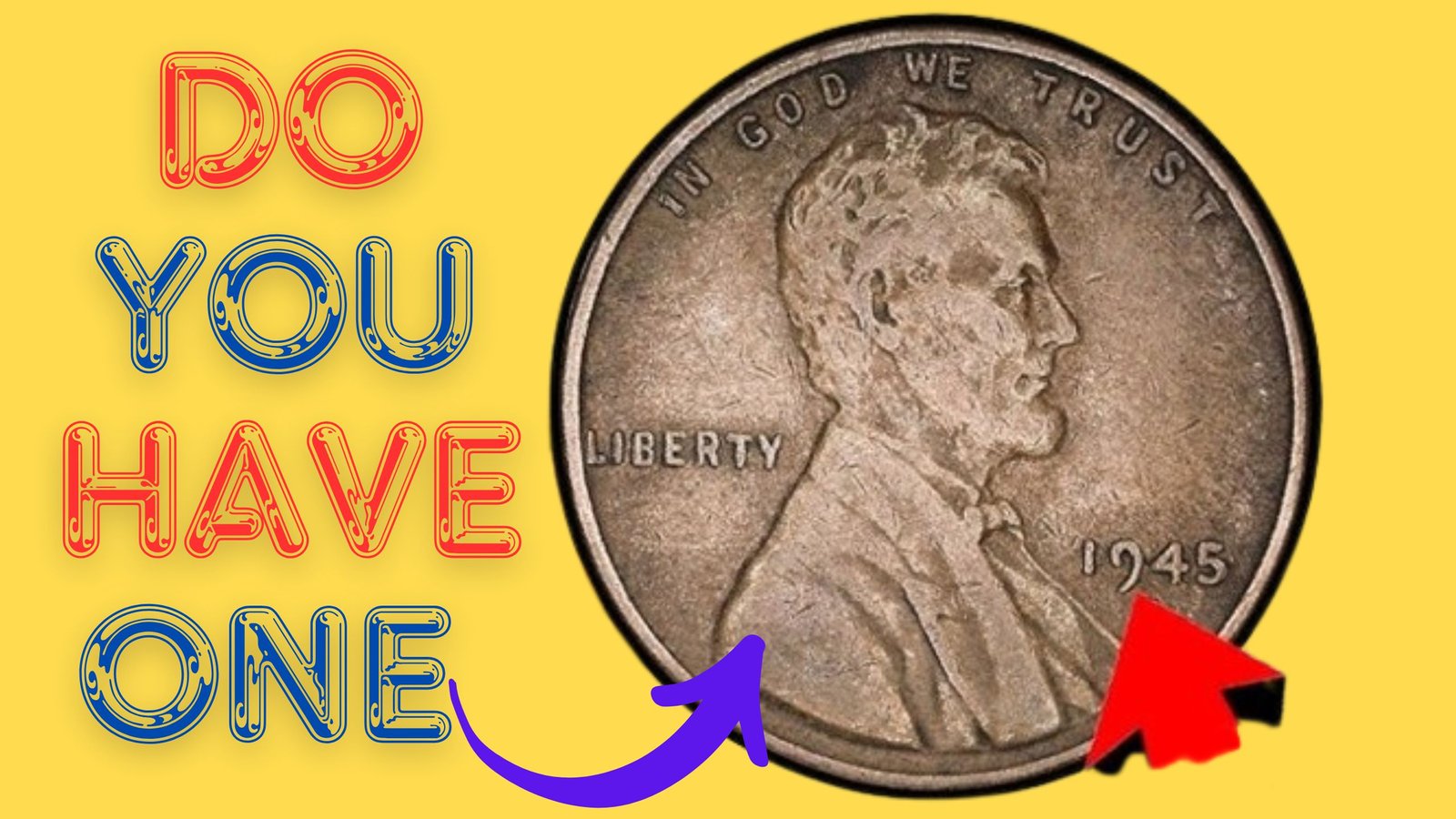Lincoln Wheat Penny : Most people overlook pennies, tossing them in drawers or ignoring them altogether. But what if one of those little copper coins was worth a life-changing sum? That’s exactly the case with a rare version of the Lincoln Wheat Penny, which has sold for as much as $144,000. The real surprise? It might still be circulating undetected in everyday change.
The Rare Bicentennial Quarter Valued at $2.5 Billion, Still in Circulation
The Origin of the Lincoln Wheat Penny
This section explains the history of the coin.
The Lincoln Wheat Penny was first minted in 1909 to commemorate the 100th birthday of President Abraham Lincoln. It marked the first time a real person appeared on a regular-issue U.S. coin. Designed by Victor David Brenner, it features Lincoln’s profile on the front and two wheat stalks on the back—hence the nickname “Wheat Penny.” The design was used until 1958 and is now a nostalgic favorite among collectors.
What Makes a Lincoln Wheat Penny Worth $144,000?
This section explains why some of these pennies are so valuable.
Although millions of Lincoln Wheat Pennies were produced, only a few have become incredibly valuable. One of the most famous examples is the 1943 bronze penny, which was accidentally struck on leftover bronze planchets instead of the steel used that year due to wartime metal rationing. Because of its rarity and the historical error involved, one of these coins sold for $144,000 at auction. Other rare variations include double-die errors or limited mint runs with misprints.
Still in Circulation: Is It Possible?
This part explores the mystery of whether these valuable coins might still be found today.
Yes, it’s entirely possible. While rare, some of these high-value Lincoln Wheat Pennies may still be in circulation, hiding in plain sight. Because most people don’t closely examine pennies, a $144,000 coin could easily be sitting in a jar of spare change or handed out in a cash transaction. That’s what makes this story so thrilling—treasure may be closer than you think.
Coin Collecting Frenzy: Why Interest Is Growing
This section covers the recent surge in interest from collectors and the public.
The buzz surrounding valuable pennies has sparked a renewed coin-hunting craze. Both seasoned collectors and curious newcomers are now searching through old jars, coin rolls, and family collections. Coin-related communities online are booming, and people are visiting coin shops and shows more than ever, hoping to uncover one of these elusive gems.
How to Know If You Have the $144K Penny
This part explains how someone can identify a rare penny.
Spotting a rare Lincoln Wheat Penny isn’t easy, but there are clues. Start by checking the year—coins from 1943, 1909-S VDB, and 1955 double die are among the most sought-after. Look for unusual coloring (like bronze instead of silver in 1943), mint marks, and signs of striking errors. If you think you have a valuable coin, send it to a professional coin grading service like PCGS or NGC for authentication and certification.
The Fascination with Coins: More Than Just Money
This final section reflects on the cultural and emotional value of rare coins.
The appeal of a Lincoln Wheat Penny isn’t just its monetary worth—it’s also about history, curiosity, and the thrill of discovery. Each coin is a tangible piece of the past. And in a world where digital transactions dominate, the idea that something as simple as a penny could carry immense value adds a sense of wonder to our everyday lives.
Frequently Asked Questions (The Lincoln Wheat Penny Valued at $144K, Still in Circulation?)
1. Are all Lincoln Wheat Pennies valuable?
No. Most are worth just 1 to 5 cents, but specific rare types—like the 1943 bronze or 1909-S VDB—can be worth thousands.
2. What is special about the 1943 bronze penny?
In 1943, pennies were meant to be made from steel due to wartime needs. A few were accidentally minted on leftover bronze planchets, making them incredibly rare and valuable.
3. How can I check if my penny is worth anything?
Look at the year, mint mark (S, D, or no mark), and inspect for unusual colors or design anomalies. For accurate evaluation, send it to a professional grading service.
4. Can I find one in everyday change?
Yes, although very rare, some valuable Lincoln Wheat Pennies may still be in circulation and could turn up unexpectedly.
5. Where should I go to get a penny evaluated?
You can send it to reputable coin grading services such as PCGS (Professional Coin Grading Service) or NGC (Numismatic Guaranty Company). Local coin dealers may also offer preliminary opinions.
6. Why do people collect old coins?
Many enjoy the historical significance, artistry, and the thrill of the hunt. Some also see it as an investment opportunity or a family-friendly hobby.
Conclusion
In a time when most pennies are dismissed as spare change, the Lincoln Wheat Penny reminds us that hidden value can lie in the most unexpected places. Whether you’re a seasoned numismatist or just someone curious about coins, it’s worth taking a second look at those copper coins—you never know what story or fortune you might uncover.
